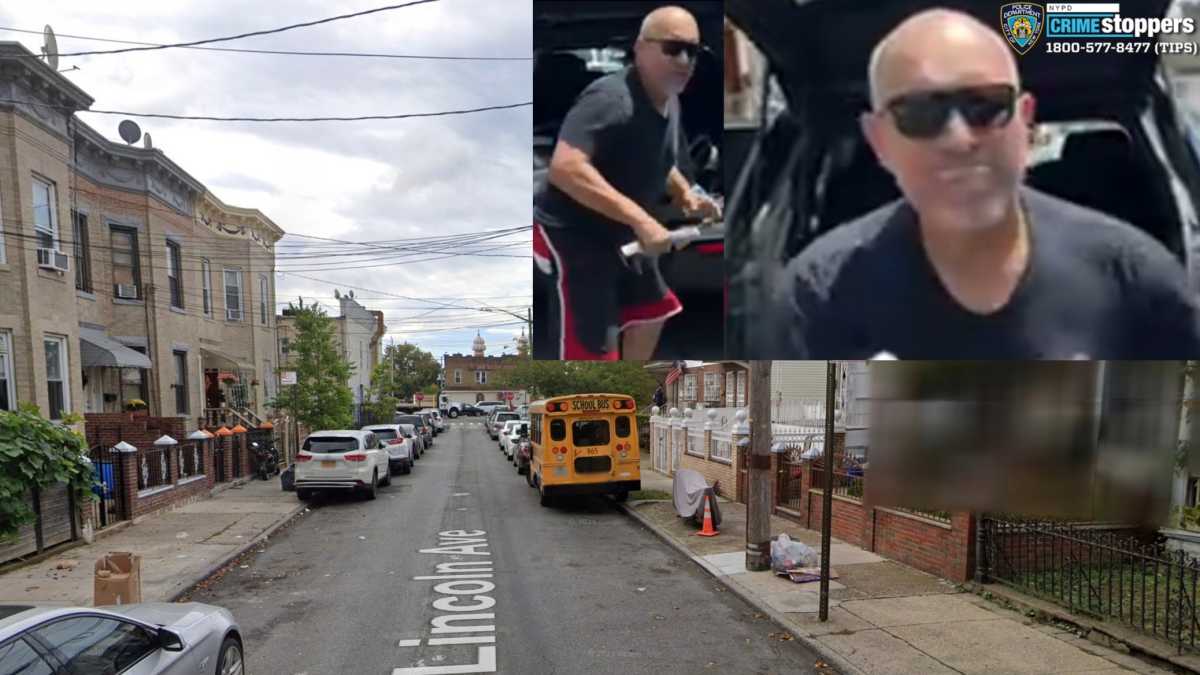Change is coming soon to the Fresh Creek Nature Preserve.
The New York City Department of Parks & Recreation will kick off a reforestation project at the preserve this spring, with the goal of restoring an area overrun with invasive weeds that had become a dumping ground in the recent past.
The project, which is being accomplished by the department’s Natural Resource Group (NRG), involves a total of 2.75 acres at the eastern side of the 74.3 acre preserve area surrounding Fresh Creek Basin, an area bounded by East 108th Street, Louisiana Avenue, Shore Parkway and Flatlands Avenue, which is included in the city’s Forever Wild Initiative.
“I think it was because of the dedication of my organization’s efforts that this is taking place,” noted Maria Garrett, the founder of the Fresh Creek Community Organization, which was formed in 2008 specifically to advocate for the cleanup and restoration of the preserve.
“I think it’s a good thing,” Garrett added. “They are going to give that part of Canarsie some character again.”
Work is expected to begin no earlier than late May, with the Parks Department still awaiting “tidal wetlands approval” from the state Department of Environmental Conservation (DEC), according to agency Spokesperson Meghan Lalor.
“This is a new reforestation site,” Lalor said in an email statement. “Invasive plant species will be removed and then the upland areas of the site will be restored to native forest. The tidal marsh areas will be benefit from invasive plants being removed from upland areas and facilitate marsh restoration.”
Three areas in the preserve will be tackled. The first, nearly half an acre in size, is “currently overrun with Japanese knotweed,” which, the Parks Department says in a brief precis of the project, “will take two years of cutting and herbicide application to be completely removed.”
A second area, about half an acre large, is “currently overrun with phragmites.” These “will take one to two years of mowing and spraying to be successfully controlled enough to allow for planting.”
The third area, which is 1.8 acres in all, is “dominated by mugwort,” which “will be mowed and sprayed with herbicide for one year, and then should be controlled enough for planting.”
While the goal is to get the invasive species under control or eradicated, “desirable grasses and trees already on the site will be left in place, and protected,” the Parks Department said.
To prevent the invasive species from returning, the agency must then plant the areas that have been treated with trees “established to create a closed canopy” whose shade will discourage the invasive species from being reestablished.
According to the Parks Department, planting of new, desirable trees and shrubs is anticipated to begin in about a year. A total of 1,500 new plants will be added to the area once overrun with mugwort at that time, with another 1,000 planted a year later in theportion of the preserve that has been cleared of knotweed.
Also in spring, 2012, the area where the phragmites had spread will be replanted, but the number of new trees is yet to be determined.
The Parks Department said that “the design of the plantings will be done with the input of the community and the borough manager.”
Among the species being considered for planting in the preserve are American holly, blackjack oak, eastern cottonwood, eastern white pine, pin oak, pitch pine, scrub oak, silver maple, swamp white oak and white oak. The under-plantings will consist of grasses and coastal shrubs that are “appropriate” to the area, according to the agency.
























